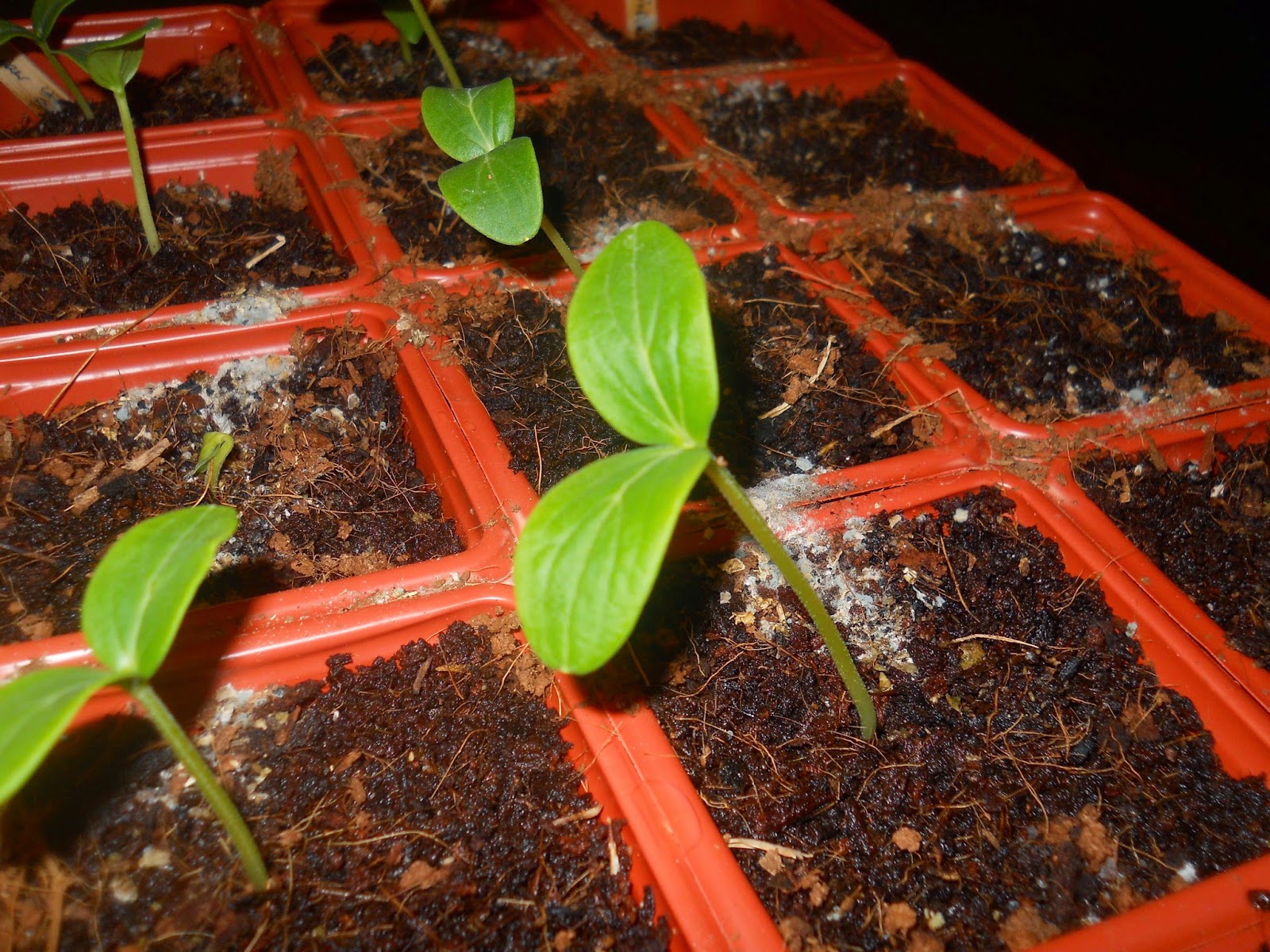1950's - Descriptions of the Suburbs
- The post world war two start of the suburbs
- Small pieces of property
- Single income American families
- Domestic frugality and house proud people
- The lawn was the symbol of luxury and a sign of leisure and relaxation
- One family car
- Cheap oil and lumber
- small gardens and the presence of chickens
- Community involvement and high religious density
- High density living to area of housing available.
1960's and 1970's
- Rising affluence and home additions
- Cars became more available and popular as a status of class
- The integration of city sewer systems
- Population per available housing declines, meaning more home for less people
- Increase crime
- Unproductive capital investment - Less people per square foot of home
- Speculative land values
- Decrease interest in backyard gardens and chickens
- Decline of household production (canning, sewing and self reliance)
- Dual occupancy and duplexes
1980's and 1990's
- Lifestyle changes
- more vacations and a mobile lifestyle
- making the cities full of people keeping their homes under lock and key really suggesting that the cities are not full of people at all, rather full of stuff.
- Renovation obsession with continued home additions
- Creation of country living or the super suburb - move towards low maintenance landscape
- Better energy efficiency
- Improved public transport
- Urban green space water sensitive urban design
- Debt expectations are justified to consumer addictions
- Heirloom seed varieties down by 93%
- Lawn care is now a chore instead of a symbol of relaxation and sophistication.
2000's and 2010's
- Larger separation between food production and food consumption
- Inflated home values and continued renovation and additions
- Two income families "Families is used sparingly"
- Cohabitation and declining birth rates
- Religious standards are tolerated and have less influence
- Broad information availability and addictions
- More renters and higher density per house available
- High speed travel and technology advancements along with work from home possibilities
- Energy conservation and initiatives
After researching American history and reviewing the findings. I believe there to be a few critical opportunities that we can take advantage of. One being, pay off your mortgage. Second, rebuild the household and community economies. Third, learn the ways of self-reliance that were found in the 1950's. Fourth, creatively work around regulatory impediments. Stay within the law, but realize that all government regulators can do is check boxes established by elected officials. Fifth, Learn to apologize to those regulators and recognize the very important job they do for society:)
Credit and inspiration for this article goes to: David Holmgren on a public speaking tour of Australian cities.


















































